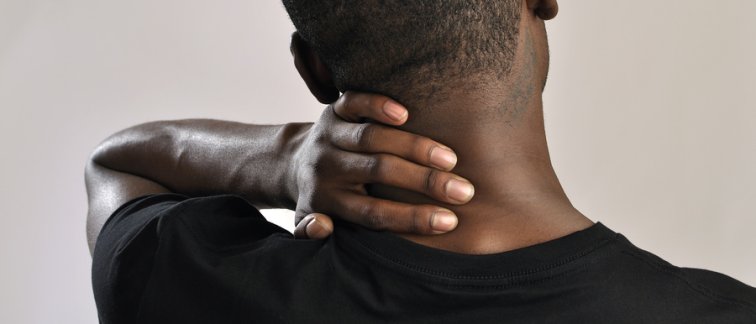Joint mobilisation and manipulation often results in immediate pain relief in patients with neck pain. However, the biological mechanisms behind pain relief are largely unknown.
There is preliminary evidence that joint mobilisation and manipulation affects the increased neuroimmune responses in persistent non-specific neck pain.
However, randomised placebo-controlled studies are warranted.
A randomised controlled trial will be conducted to investigate whether joint mobilisation and manipulation affects neuroimmune responses in patients with persistent non-specific neck pain. Patients with neck pain (N=100) will be randomised into two groups: experimental and control (allocation ratio 3:1).
Various neuroimmune responses will be monitored:
- inflammatory marker concentration after stimulated cultured whole blood cells
- systemic inflammatory marker concentrations,
- phenotypic analysis of peripheral blood mononuclear cells and
- serum cortisol.
For the experimental (treatment) group (N=75), the allocated participants will receive cervical mobilisations at the painful cervical joints and a spinal manipulation at the cervico-thoracic junction. The control (placebo) group (N=25) will receive a placebo manipulation and mobilisation.
After the treatment, participants in the experimental group will be categorized into those with a positive effect (≥50% reduction in the pain visual analogue scale (VAS) compared to baseline) and no positive effect (≤20% reduction in the pain VAS score compared to baseline). Using linear mixed models, immediately and two hours post-treatment the neuroimmune responses will be compared between those with a positive effect compared to no positive effect and the control group.



